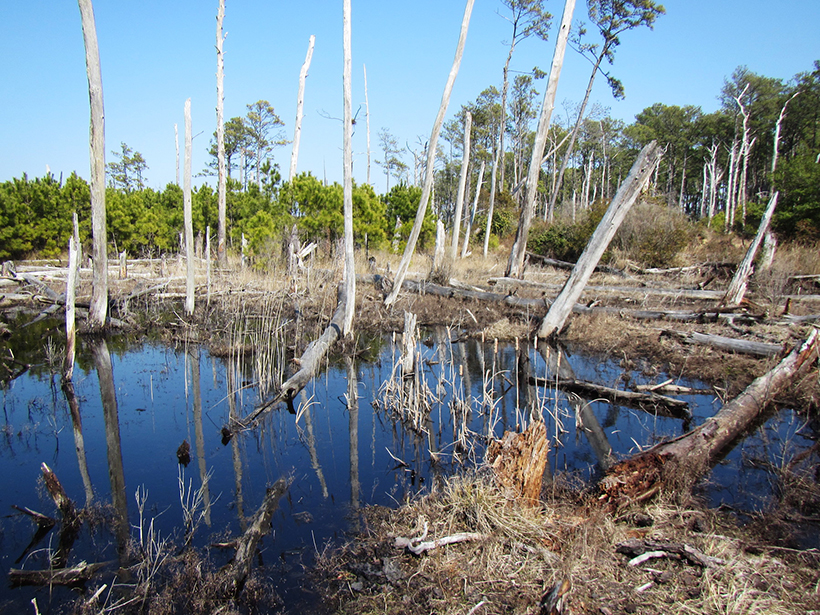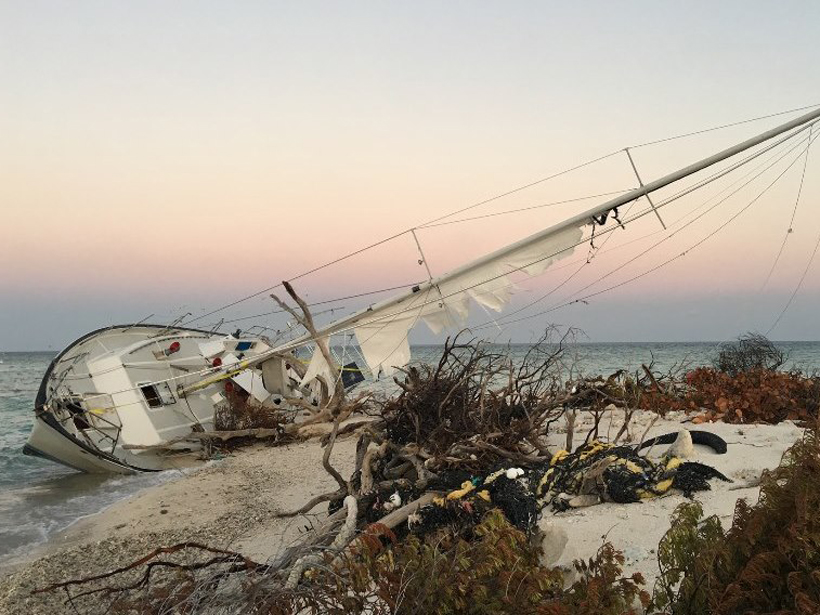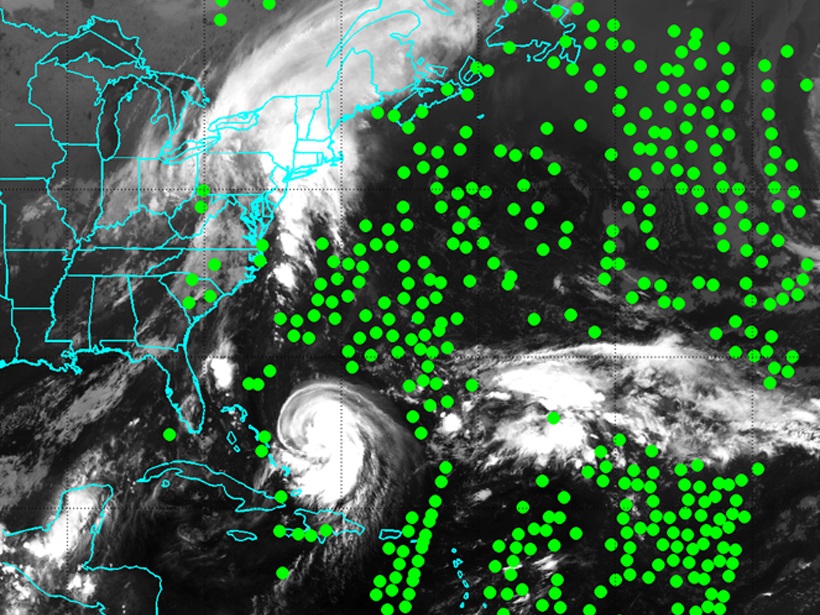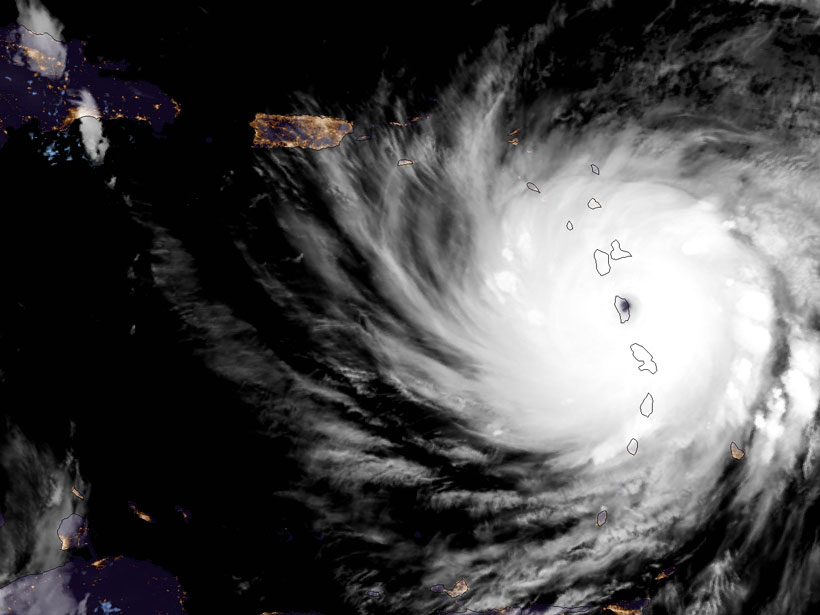A new special issue of JGR: Oceans reveals the rich relationship between the ocean and tropical cyclones.
hurricanes, typhoons, & cyclones
Improving Tropical Cyclone Predictions in the Gulf of Mexico
The National Oceanic and Atmospheric Administration’s newest High Resolution Atmospheric Model captures the influence of intraseasonal oscillations on tropical cyclone activity.
Impact of Hurricanes and Nor’easters on Coastal Forests
Scientists trace severe storms’ effects through tree ring growth patterns.
Measuring Hurricane Wind Speed from Space
A new technique based on GPS signals could provide better wind speed measurements during hurricanes and cyclones.
Monitoring Tropical Cyclones with Lightning and Satellite Data
A new storm-following tool continually watches for lightning over the open ocean. Combined with satellite microwave data, the new real-time observations will improve forecasts of tropical cyclones.
Gulf Stream Slowed as Hurricanes Struck
Hurricanes Jose and Maria temporarily decelerated this powerful ocean current’s flow last year, according to data from an ocean glider that rode the stream between Florida and Massachusetts.
New Estimates of Ozone Transport in Extratropical Cyclones
Cross-tropopause ozone transport in midlatitude cyclones, coincident with dry air intrusions, is derived from satellite and reanalysis data organized in cyclone-centric coordinates.
Listening to the Clouds
The assimilation of cloud-cleared infrared data improves numerical weather forecasting, especially for hurricanes, by providing thermodynamic information in cloudy atmosphere.
Hurricanes Expose Vulnerabilities in Puerto Rico Seismic Network
Could overreliance on cell networks to transmit data leave instruments in the dark after the next storm hits?
Unprecedented Hurricane Season Sees Widespread Damage
This hurricane season has broken multiple records already.










